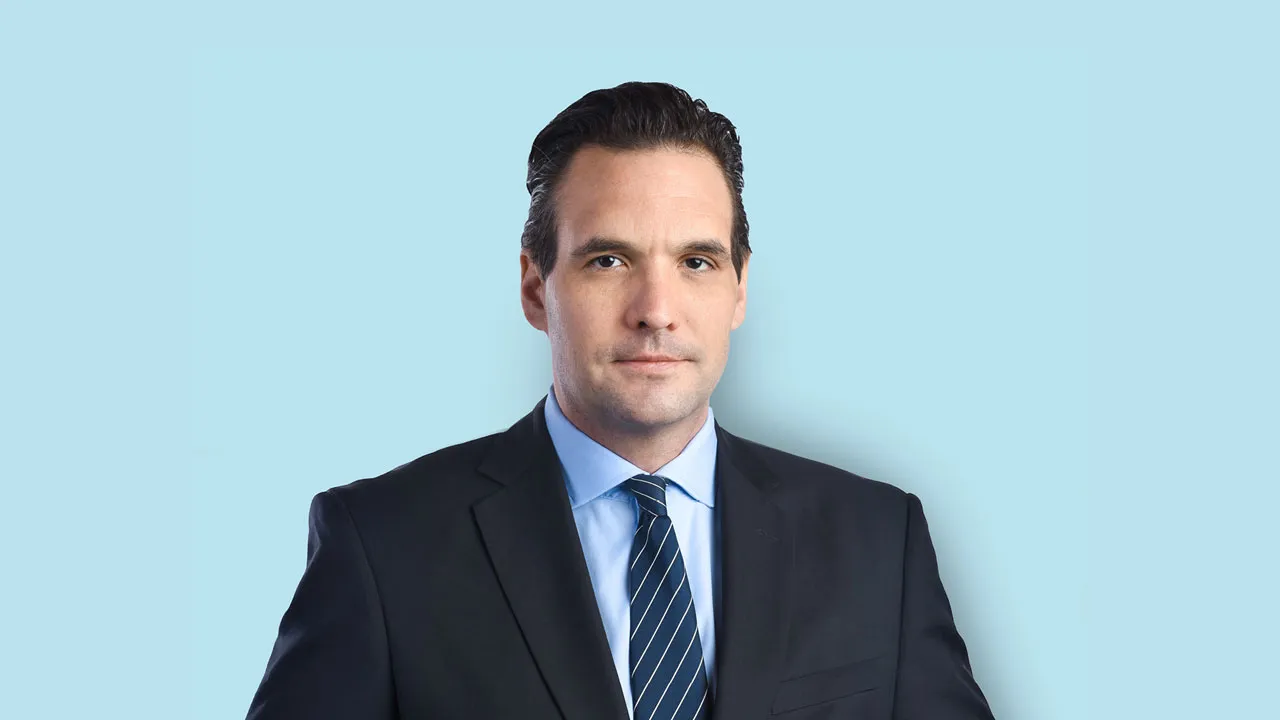Thematic funds - fad or sustainable trend?
Continuous growth in thematic funds
According to a recent analysis by Morningstar, since the beginning of 2020, asset managers have expanded the range of these niche strategies. Investor demand for more clarity on how these funds are structured and how they fit (or don't fit) into their portfolios has grown accordingly. As of the end of December 2021, there were 1,952 surviving funds in Morningstar's global database that meet their definition of thematic funds. Over the past three years to the end of 2021, the assets under management of these funds have nearly tripled from $255 billion globally to $806 billion. At year-end 2021, assets in global thematic funds represented 2.7% of all funds invested in equity funds globally, up from 0.8% 10 years ago. With the influx of assets into thematic funds, the range has also expanded. According to data available on Morningstar, 589 new thematic funds were launched globally in 2021, more than double the number launched in 2020 (271 funds).
Thematic funds seek to capitalise on secular growth themes. There are a lot of relevant issues. From technology themes such as advancing digitalisation, automation/robotics and artificial intelligence to generational trends, urbanisation, nutritional themes, demographic change as well as physical themes such as renewable energy and climate change, there is a spectrum of megatrends that can offer great return opportunities for investors.
Reasons for growth
Thematic funds are attractive to investors because they are relatively easy to understand, especially given how much technical jargon is involved in financial products. Thematic funds typically tackle meaningful topics that investors are often familiar with, such as the aging of the population or the transition to a digital economy, so they are easy to understand. Stories, such as the rise of electric vehicles, climate change, longevity, and others, exert a strong pull on investors' emotions. In this regard, behavioral science argues that stories have a great appeal to us because they are easy to remember. A story is a self-contained thing that has meaning in our lives - and our brains love such those kinds of things.
Lessons learned
Historically, thematic fund launches have tended to occur in cycles. New strategies are often launched during periods of strong performance. However, they tend to decline during downturns. These trends suggest that investor interest in these strategies and the desire of providers to offer them is generally in line with the broader market.
The launch of thematic funds is a bull market phenomenon. The abundance of new thematic funds launched in recent years underscores this correlation. The second half of 2020 saw nearly as many new fund launches as all of 2019, according to Morningstar data, and 2021 was another record year in terms of new launches. Nearly half of those new launches came in the fourth quarter of 2021.
Experienced investors therefore often have rather bad memories of thematic funds. In the past, for example, such funds were often launched late in the cycle, after a theme had long been generating above-average returns and the underlying stocks were highly valued. Examples include the internet sector and the biotech segment around the turn of the millennium. After price corrections, such funds were often quickly closed again by the fund initiators and investors had to realise significant losses - often exactly at a time when a topic had become rather attractive again from the valuation level. In addition, the quality of the fund management often left much to be desired. The funds were frequently not managed by specialised teams but "on the side", which led to poor performance and corresponding disappointment among investors.
What has changed?
In our view, the recent trend toward thematic and sector funds is to be seen as much more sustainable. The following factors should be mentioned in this context:
1) Active asset management has been under massive pressure from low-cost passive investment opportunities such as ETFs and index funds for quite some time. As a result, smaller asset managers in particular have to specialise more and more in order to compete. If, in the course of this specialisation, a niche can be filled with a credible investment approach and the corresponding core expertise, there is a high probability that investors can be attracted to a corresponding product.
2) Asset managers and family offices must constantly demonstrate to their clients where they add value. The timely identification and successful mapping of future trends can be an effective tool as part of asset allocation. In this context, the asset manager, if available, can also demonstrate his selection expertise in the product selection and score additional points.
3) Experienced fund initiators have learned from past mistakes and very often continue to run their products even if they are temporarily exposed to larger redemptions of fund units due to a cyclical correction. If they succeed in continuing to perform well, such products are immediately on investors' buy lists as soon as the topic in question regains momentum. In this context, e.g. water funds should be mentioned, some of which have been successfully on the market for more than 15 years.
4) It is likely that investors will continue to accentuate dedicated megatrends in their portfolios, even though investing in thematic funds is particularly challenging. On the one hand, the right theme must first be identified, which, moreover, has not yet fully anticipated the positive long-term prospects from the valuation side and thus has further potential. Secondly, selection competence is needed to identify the right investment fund and the right manager.
Conclusions
In our view, theme funds will remain highly favoured by investors and continue their growth trend. This applies to liquid investment strategies as well as strategies in the illiquid "private markets" space, such as clean tech, mobility, longevity and others. Investors should be aware, however, that investing in thematic funds is particularly challenging and requires special skills.
However, there are some important things to keep in mind, because finding the right theme represents only one part of the equation. Getting the fund to actually match the theme is another important part. In concrete terms, this means assessing exactly how many of the companies represented in the portfolios of theme funds generate what proportion of their revenues from activities or products related to the theme in question. Finally, it is important to question the valuation. How much of the expected growth of a theme is already priced into these stocks in the portfolio?
Thematic funds have captured the imagination of investors. Nevertheless, fund promoters should especially check whether they are really so convinced of a trend theme in the long term that they want to and are able to continue with the product even in cyclical weak phases. It is also essential to have special expertise and a credible and well thought-out investment approach in the topic in question. If these prerequisites are met, as is the case with some of VP Fund Solutions' clients' products, a good thematic product can quickly become a success story.


